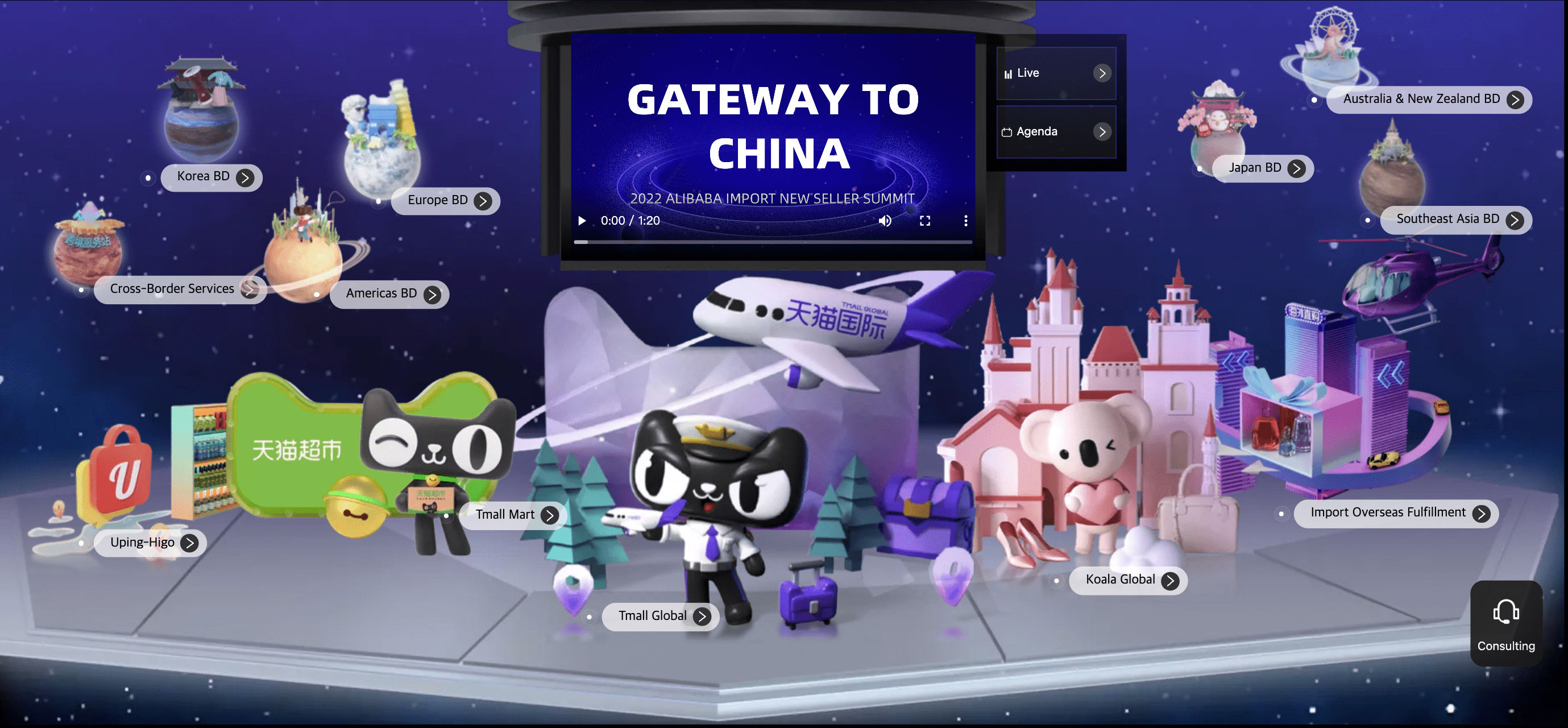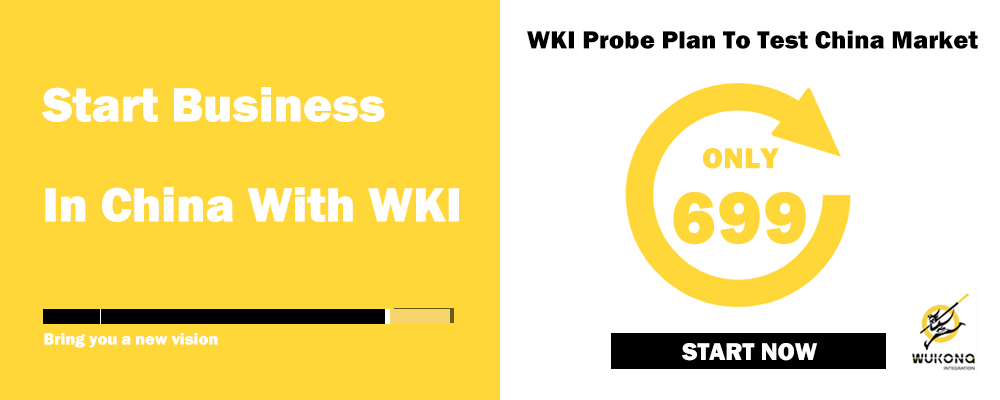Some overseas brands are new in the eyes of Chinese consumers, but they may have a hundred years of history and have good sales performance in regions outside China. Such brands entered Tmall Global precisely because they see the consumption potential of the Chinese market. Another situation is that the brand itself is very new. Entering the Chinese market may mean that the original supply chain, production mode and investment have changed, and the brand will be more thoughtful.

If you are not familiar with the business environment of the Chinese market, new transnational brands are likely to be confused and frustrated after entering China. For example, Chinese consumers and local businesses are familiar with the live delivery model, and China's social media ecology is different from Europe and the US. Some new brands entering China can't understand the strength of China's live broadcasting rooms as WKI discussed in previous articles, and this kind of play makes them "surprised".

In fact, new brands face greater market competition pressure in the Chinese market. Especially for smaller brands. It is mainly due to the overdraft of market dividends, and the niche brand market is becoming more and more saturated. Therefore, the promotion budget and cost required by the brand in the early stage have increased significantly compared with the past, making the overall investment cycle longer and less successful.
In the three years with the epidemic, most foreign brands have been hit hard in the Chinese consumer market. However, if we look at those new brands entering China during this period, there is a completely different perspective.
According to a report by the McKinsey "China and the World -Inside the Dynamics of a Changing Relationship", by 2030, China's consumption growth will be equivalent to the combined consumption growth of the United States and Western Europe, reaching 6.2 trillion dollars. In 2015, the figure was only 3.1 trillion dollars. That is to say, according to the normal market operation rules, China's consumer market is far from reaching the slowdown stage.

Perhaps this is why foreign companies still value the Chinese consumer market so much.
Not only in the field of department stores, but also in the whole field of large consumption there has been continuing to have new brands in restaurants, coffee shops, shoes, fragrance, luxury goods. Because most of them have adopted a completely different strategy from those enterprises that have entered China on a large scale before, they may not all be well known to the public.
The commonness is that these foreign brands are generally not eager to seek large-scale expansion. With distinctive brand characteristics and even unique brand values, they have tried to crack open the markets with lower costs, more designed products, more interesting experiences and community activities by virtue of social networks and online channels.
Different from old days, these niche brands now have a more cost-effective way to enter China - Tmall Global. Where minority brands do not need to set up a company body in China. Some of them seek the help of e-commerce agent operation companies. With the sales volume reach certain level, they may open official flagship stores and set up domestic entities to operate business in China.
The imported niche perfume, which is popular on various social platforms, is a typical category entering China with online as the entry point.

According to Tmall, this year, more than 20 niche perfume brands from France, Italy, UK and other countries participated in the "6.18" for the first time. In terms of sales, Creed, a British salon perfume brand, doubled its sales year-on-year on the "opening day" of June 18.
For some multinational niche brands that are not well known, the online model can quickly make strategic adjustments in response to market changes, and the cost of trial and error is relatively low.
These brands entered China around 2020, and has been quickly exposed to Chinese consumers through the internet, offline store opening, social media operation and other forms. Taking L‘Artisan Parfumeur as an example, this French brand has accumulated more than 160000 online store subscriptions since it entered Tmall Global in 2020, and has successively opened offline stores in Shanghai, Nanjing and Shenzhen. Search the brand name on the Little Red Book, and the number of relevant notes has also exceeded 10000. Many bloggers presented their feelings and assessment of fragrance test in the form of videos and images.

Many new brands thought that advertising blockbusters and grand brand concepts can win market share fast. However domestic consumers prefer marketing content that is close to daily life and natural sense, and the domestic communication rhythm is relatively fast, which requires more running in at the initial stage of cooperation.
Above we took example of the imported perfume. In fact, other than luxurious products, from coffee house products to clothes and footwear, you can easily find evidence of this newly entered brands actively and intensively interact with potential customers on social media and communicating their brand story. Especially those who are targeting young generation. Marketing right now can be fast and precise thanks to the widespread of social media traffic. As even in pandemic, with recession in many conventional retail channels, new ways of introducing products and places to sell are still growing fast.
That is why an affordable tester is vital. WKI Probe Plan can be a perfect start, find out more.










